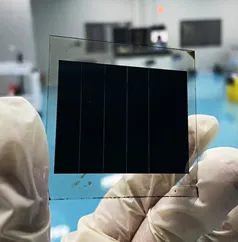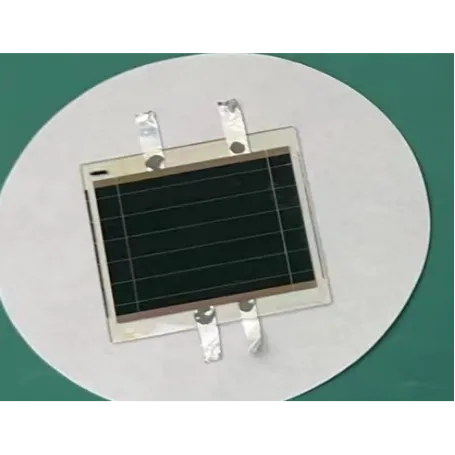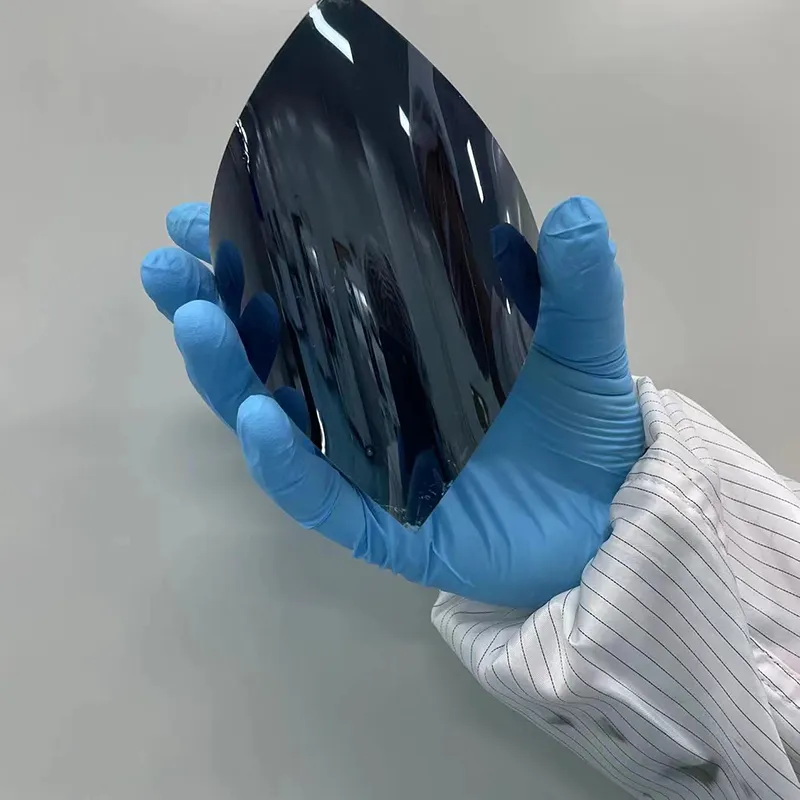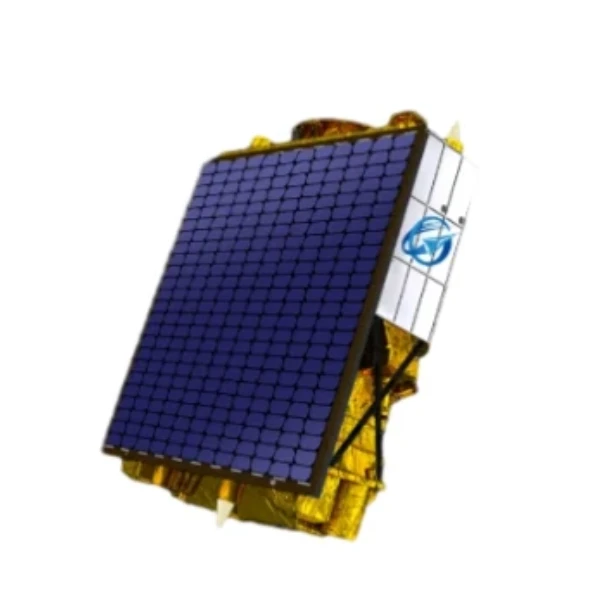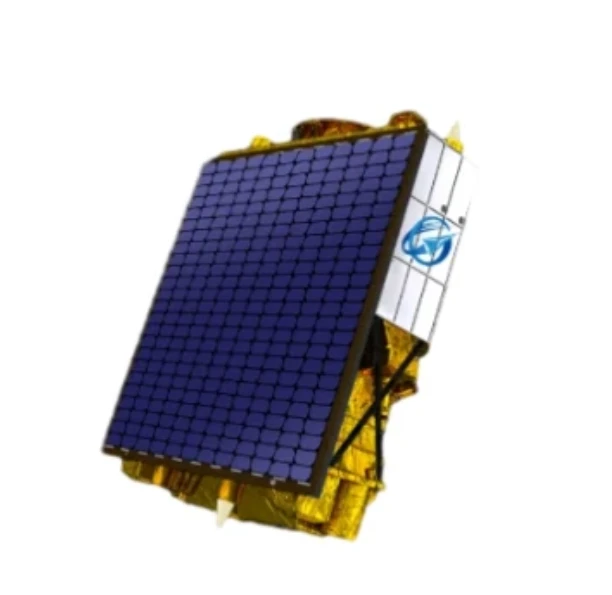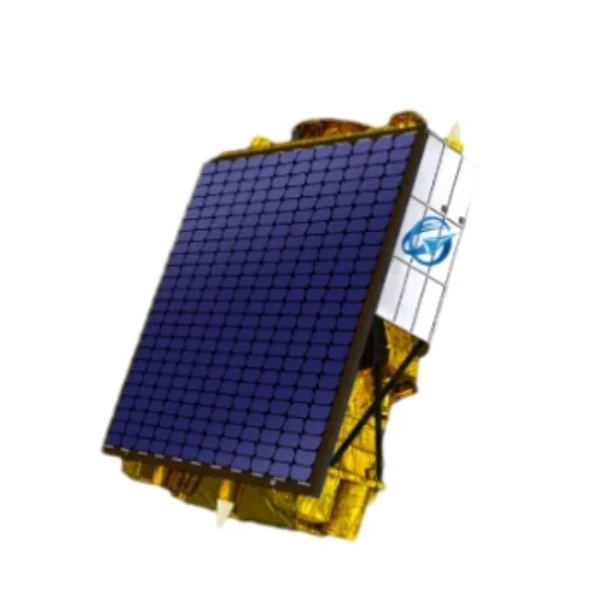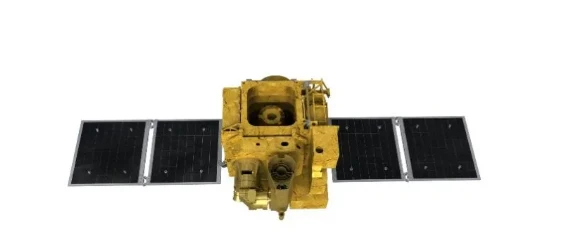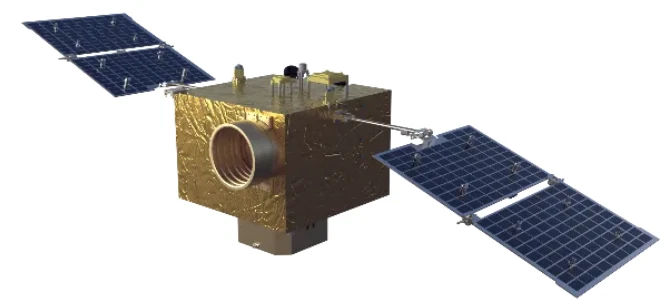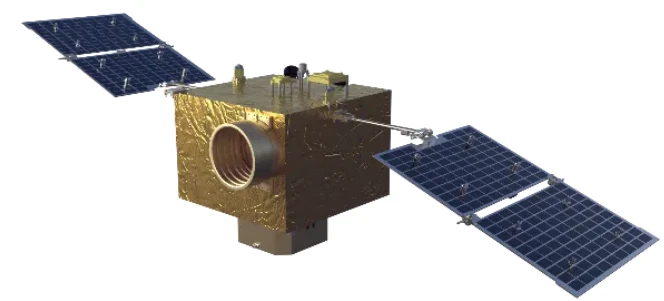
- Afrika
- basa Albania
- Amharik
- Arab
- Arménia
- Basa Azerbaijan
- Basque
- Bélarus
- Benggala
- Bosnia
- basa Bulgaria
- Katalan
- Cebuano
- Cina
- Korsika
- Kroasia
- Ceko
- Denmark
- Walanda
- Inggris
- Ésperanto
- Éstonia
- Finlandia
- Perancis
- Frisian
- Galician
- Georgian
- Jerman
- Yunani
- Gujarati
- Kréol Haiti
- Hausa
- Hawai
- Ibrani
- No
- Miao
- Hungaria
- Islandia
- igbo
- basa Indonésia
- Irlandia
- Italia
- Basa Jepang
- basa Jawa
- Kannada
- kazakh
- Khmer
- Rwandan
- Koréa
- Kurdi
- Kirgiz
- Buruh
- Latin
- Lativia
- Lituania
- Luksemburg
- Makedonia
- Malagasy
- Malayu
- Malayalam
- Malta
- Maori
- Marathi
- Mongol
- Myanmar
- Nepali
- Norwegia
- Norwegia
- Occitan
- Pashto
- Pérsia
- Polandia
- Portugis
- Punjabi
- Romania
- Rusia
- Samoan
- Gaelik Skotlandia
- Sérbia
- Inggris
- Shona
- Sindhi
- Sinhala
- Slowakia
- Slovénia
- Somali
- Spanyol
- Sundanese
- basa Swahili
- Swédia
- Tagalog
- Tajik
- Tamil
- Tatar Sunda
- Telugu
- Thai
- Turki
- Turkmén
- Ukrania
- Basa Urdu
- Uighur
- Uzbek
- Vietnam
- Welsh
- Tulung
- Yiddish
- Yoruba
- Zulu
Space-Level Perovskite Solar Cell
Rincian Produk
|
spésifikasi |
50mm×50mm |
|
efisiensi konversi photoelectric |
23,9%@AM0,22,7%@AM1.5 |
|
Uji dampak suhu luhur sareng rendah |
Suhu tés nyaéta -90 ℃ ~ + 90 ℃, laju pemanasan nyaéta 20 ℃ / mnt, sareng jumlah dampakna 500 kali, anu aya dina kamajuan kontinyu. |
|
Uji radiasi éléktron |
Under the condition of 1MeV, 3×1014e/cm2 irradiation, after annealing under AM0 irradiation for 24h, the photoelectric conversion efficiency of solar cell decreases from 23.9% to 22.8% |
|
Beurat |
0.8kg/m2 (sel surya perovskite kaku), 0.5kg/m2 (sel surya perovskite fleksibel) |
Conto produk
Simpang Tunggal Kalsium-titanium-mineral Sel Surya
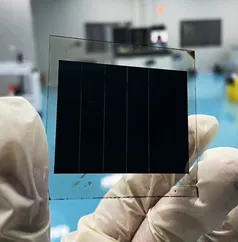
23,9% efisiensi tunggal simpang Kalsium-titanium-mineral sél surya;
Monolithic size :50mm×50mm;
-100 ℃ ~ + 110 ℃ suhu gawé;
Degradable pérak-clad busbar;
Tahan ka iradiasi proton / iradiasi éléktron;
Taneuh umurna ku siklus suhu luhur sareng rendah.
Stacked Perovskite Solar Cell
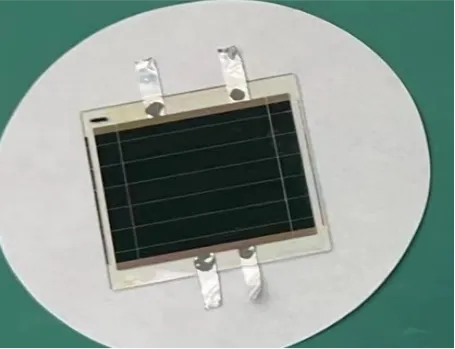
24,5% efisiensi tumpuk Kalsium-titanium-mineral sél surya;
Monolithic size :50mm×50mm;
-100 ℃ ~ + 110 ℃ suhu gawé;
Degradable pérak-clad busbar;
Tahan ka iradiasi proton / iradiasi éléktron;
Taneuh umurna ku siklus suhu luhur sareng rendah.
Flexible Perovskite Solar Cell
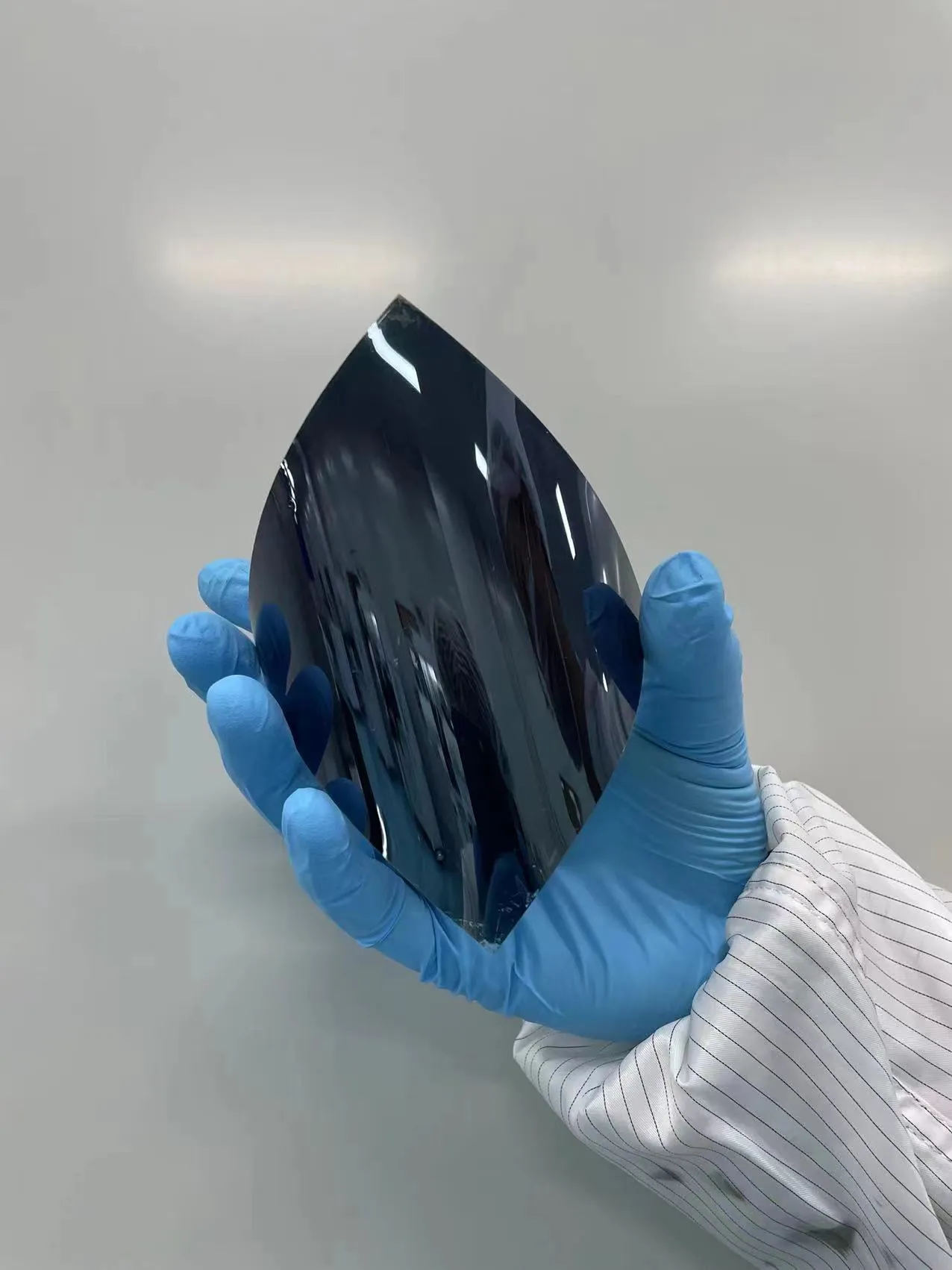
PI mémbran desain terpadu;
kinerja stabil sanggeus stress bending tinggi;
Adapts to 180° full angle bending.
The Space-Level Calcium-Titanium-Mineral Solar Cell(perovskite solar cell) is a cutting-edge photovoltaic technology designed to deliver high-efficiency energy conversion in extreme conditions, including space applications. It incorporates a unique combination of calcium, titanium, and mineral-based materials to enhance the solar cell’s durability, efficiency, and resistance to radiation, making it ideal for satellite power generation and other space-based energy needs. These solar cells are engineered with advanced coatings and high-performance semiconductor materials to ensure maximum energy absorption and conversion, even in harsh environments. The design allows for optimal thermal stability and resistance to cosmic radiation, ensuring that the solar cell maintains its functionality over prolonged periods in space. Additionally, these cells are lightweight, compact, and capable of operating efficiently in a variety of orientations, making them suitable for use in space missions, low-Earth orbit satellites, and deep space exploration systems.
